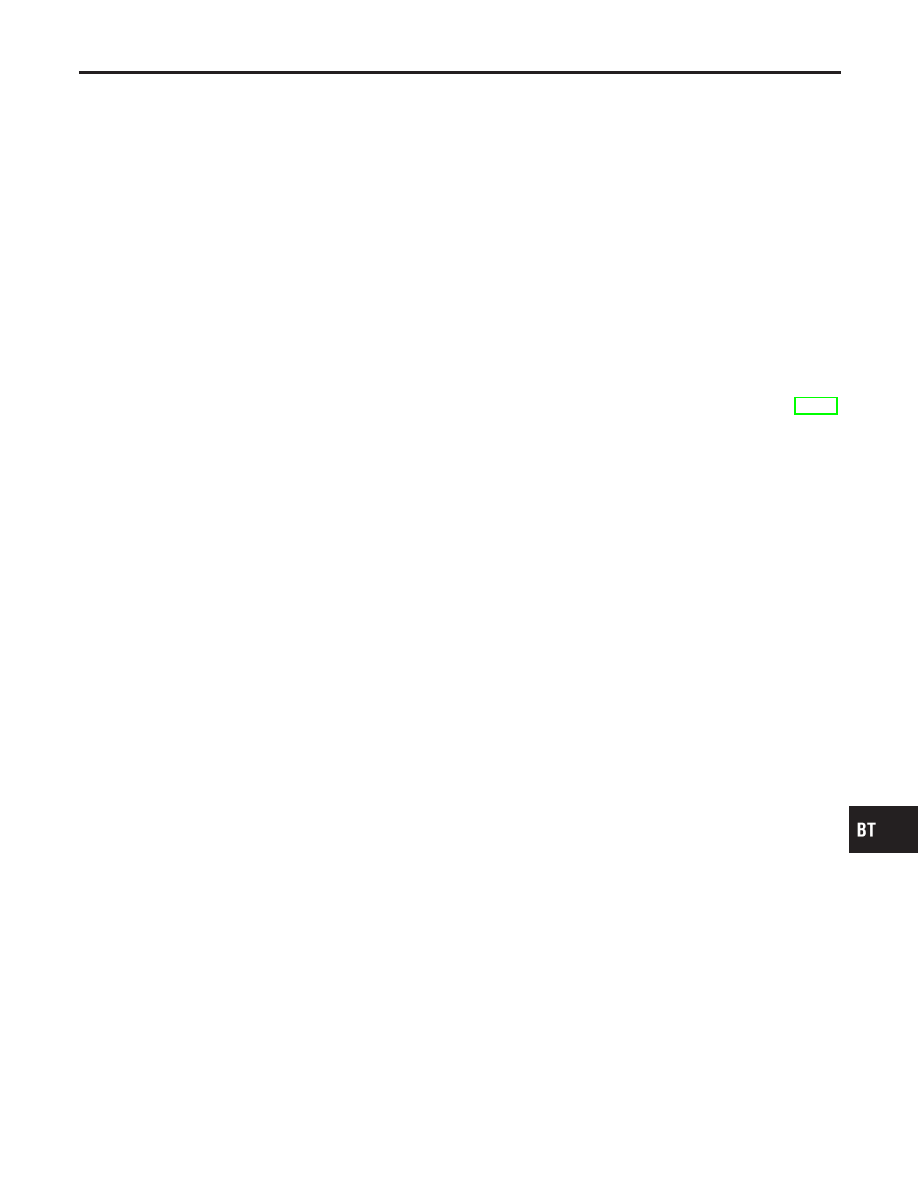Almera Tino V10 (2003 year). Manual - part 58

3.
Check weatherstrip visually for any damage, deterioration, or
flattening.
I
If any damage is found, replace weatherstrip.
CAUTION:
Do not remove weatherstrip except when replacing, or filling
up butyl seal.
LINK AND WIRE ASSEMBLY
NLBT0022S06
NOTE:
Before replacing a suspect part, carefully ensure it is the source of
noise being experienced.
1.
Check link to determine if coating film has peeled off to such
an extent that substrate is visible. Check also to determine if
link is the source of noise. If it is, replace it.
2.
Visually check to determine if a sufficient amount of petroleum
jelly has been applied to wire or rail groove. If not, add petro-
leum jelly as required.
3.
Check wire for any damage or deterioration. If any damage is
found, remove rear guide (refer to removal procedures, BT-50,
for details), then replace wire.
GI
MA
EM
LC
EC
FE
CL
MT
AT
AX
SU
BR
ST
RS
HA
SC
EL
IDX
SUNROOF
Trouble Diagnoses (Cont’d)
BT-57